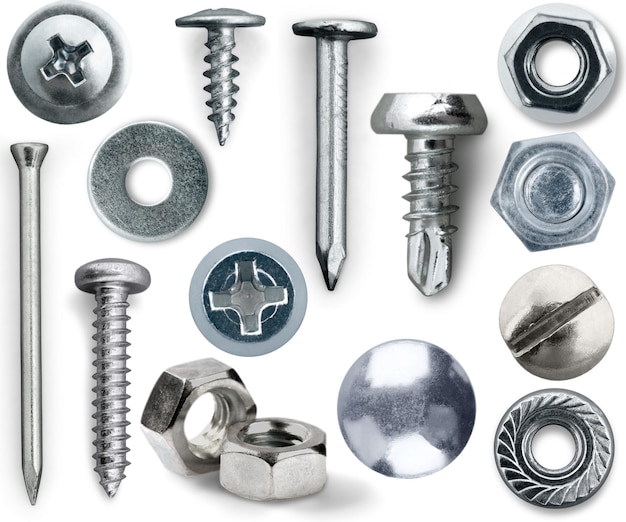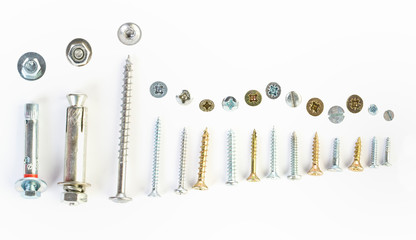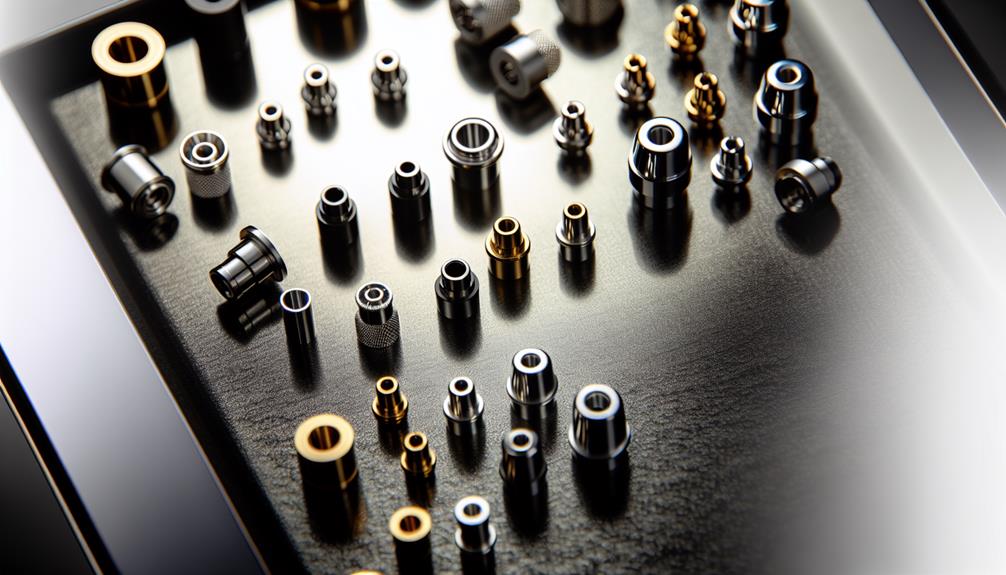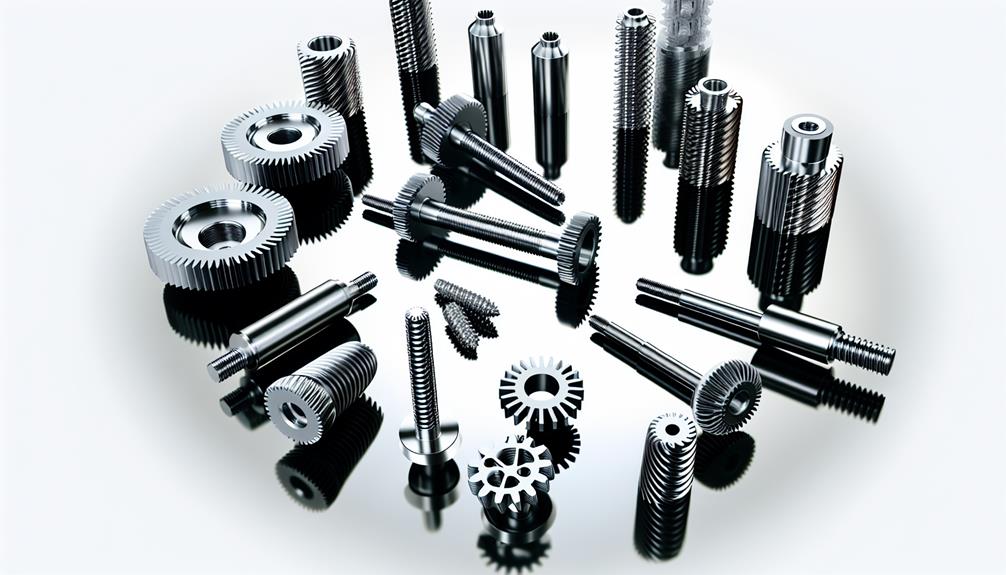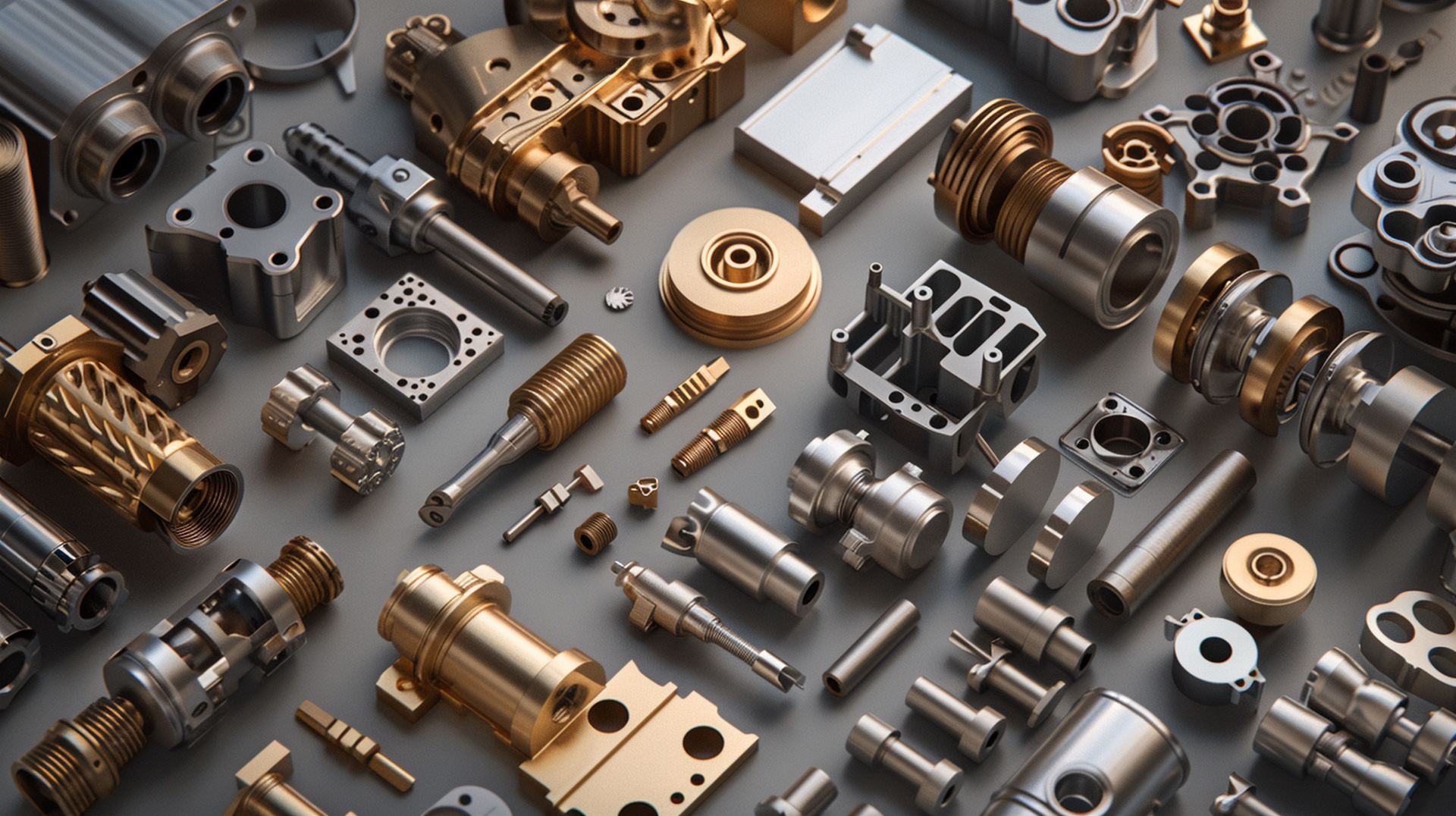Screws Are Most Similar to Which Type of Fastener
In the realm of fasteners, screws possess a unique quality that sets them apart from other types. Their intricate design and functionality enable them to secure objects firmly in place, much like the way a key fits snugly into a lock.
However, amidst the vast array of fasteners available, it is essential to determine which type exhibits the greatest similarity to screws. This article aims to explore this question by delving into the definition of screws and fasteners, highlighting their respective types, comparing their similarities, and ultimately aiding readers in discerning the most suitable fastener for their projects.
Key Takeaways
- Screws and fasteners have threaded shafts for secure connections.
- Screws and fasteners come in various shapes, sizes, and materials.
- Screws have a threaded shank that allows them to create their own internal threads, distinguishing them from other fasteners like nails or bolts.
- Screws offer flexibility and a wide range of specific applications compared to other fasteners.
1.What are Screws and Fasteners
The current subtopic concerns the definition of screws and fasteners.
Screws and fasteners are mechanical devices used to join or secure two or more objects together. They are commonly used in various industries, including construction, manufacturing, and DIY projects.
A screw typically consists of a threaded shank with a head on one end and a pointed tip on the other. The threads along the shank allow the screw to be rotated into a pre-drilled hole or tapped into a material, creating a secure connection.
Fasteners, on the other hand, is an umbrella term that encompasses various types of devices used for joining objects together. This includes screws but also includes bolts, nuts, rivets, pins, clips, and more.
Understanding the definition of screws and fasteners is crucial before delving into their different types. By comprehending how these mechanical devices function and what purpose they serve in securing objects together, we can then explore further into the specific characteristics that differentiate one type of screw from another.
2. Types of Screws
One commonly used category of fasteners that shares similarities with screws is characterized by their threaded design and ability to secure objects in place. This category includes various types of screws, each designed for specific applications.
The following sub-lists provide an overview of the different types of screws:
- Wood Screws:
- Designed for use in wood materials
- Feature a sharp point for easy insertion
- Often have coarse threads for better grip in softer materials
- Machine Screws:
- Primarily used with metal or plastic components
- Have finer threads compared to wood screws
- Require pre-drilled holes or nuts to secure objects
- Self-Tapping Screws:
- Can create their own threads when driven into certain materials like metal or plastic
- Eliminate the need for pre-drilled holes
- Often used in applications where disassembly is not required
3. Types of Fasteners
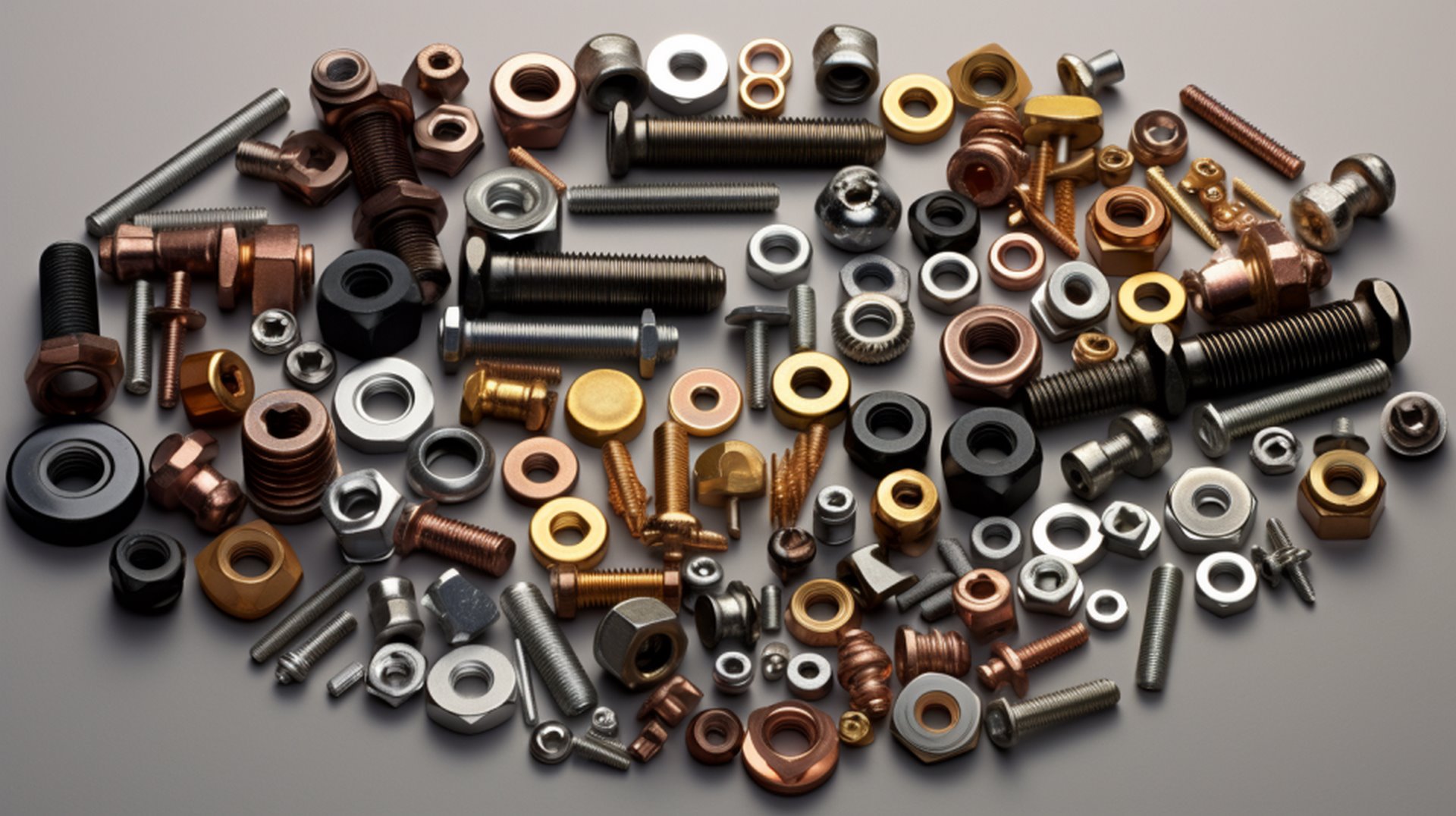
Categorizing fasteners based on their design and intended applications allows for a more organized understanding of their various characteristics. Fasteners are essential components used to join or secure two or more objects together. They come in various shapes, sizes, and materials to accommodate different requirements in industries such as construction, automotive, and manufacturing. Some common types of fasteners include screws, bolts, nuts, washers, rivets, and clips.
Screws are a specific type of fastener that have threaded shafts and can be easily rotated into place using a screwdriver or drill. They are commonly used to hold objects together by creating friction between the threads and the material being fastened. Screws can have different head types such as flat head, round head, pan head, or countersunk head depending on the specific application.
When comparing screws to other types of fasteners like bolts or rivets, there are several similarities worth considering. For instance, both screws and bolts have threaded shafts that allow for easy installation and removal. Additionally, both types of fasteners provide strong connections when properly tightened. However, it is important to note that while bolts require nuts for assembly, screws do not.
4. Similarities Between Screws and Fasteners

When examining screws and other fasteners, it is evident that they share common characteristics such as threaded shafts and the ability to provide strong connections through proper installation techniques. These similarities can be further explored by considering the following sub-lists:
- Design:
- Screws and other fasteners are designed with specific thread patterns on their shafts, allowing them to engage with corresponding surfaces for secure connections.
- Both types of fasteners come in various shapes and sizes, catering to different applications and load requirements.
- They are often made from similar materials, such as steel or stainless steel, ensuring durability and resistance to corrosion.
- Installation:
- Both screws and other fasteners require tools, such as screwdrivers or wrenches, for proper installation.
- The installation process involves applying torque to drive the fastener into the desired surface until it is securely tightened.
- In both cases, improper installation techniques can result in weakened connections or even failure.
5. Differences Between Screws and Other Types of Fasteners
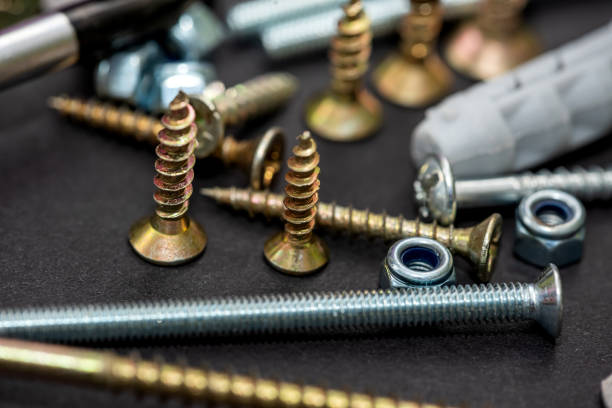
To analyze the dissimilarities between screws and other types of fasteners, it is essential to consider factors such as their structural composition, functional mechanisms, and specific applications.
One key difference lies in their structural composition. Unlike nails or bolts which are smooth and cylindrical, screws consist of a threaded shank that allows them to create their own internal threads within the materials they are driven into. This threading provides enhanced grip and resistance against loosening.
In terms of functional mechanisms, screws employ rotational force to secure objects together by creating frictional resistance between the screw threads and the material being fastened. This mechanism enables screws to be easily inserted and removed without damaging the surrounding material. In contrast, other fasteners such as nails rely on impact force for insertion but lack the ability to be easily removed without causing damage.
Furthermore, screws have a wide range of specific applications due to their versatility. They can be used for joining materials with different characteristics (e.g., wood-to-metal connections) or in situations where disassembly may be required. Other fasteners like rivets or adhesives may not offer this level of flexibility.
Understanding these differences between screws and other types of fasteners is crucial when choosing the right fastener for your project. By considering factors such as structural composition, functional mechanisms, and specific application requirements, one can select an appropriate fastener that ensures optimal performance and longevity.
6. Choosing the Right Fastener for Your Project
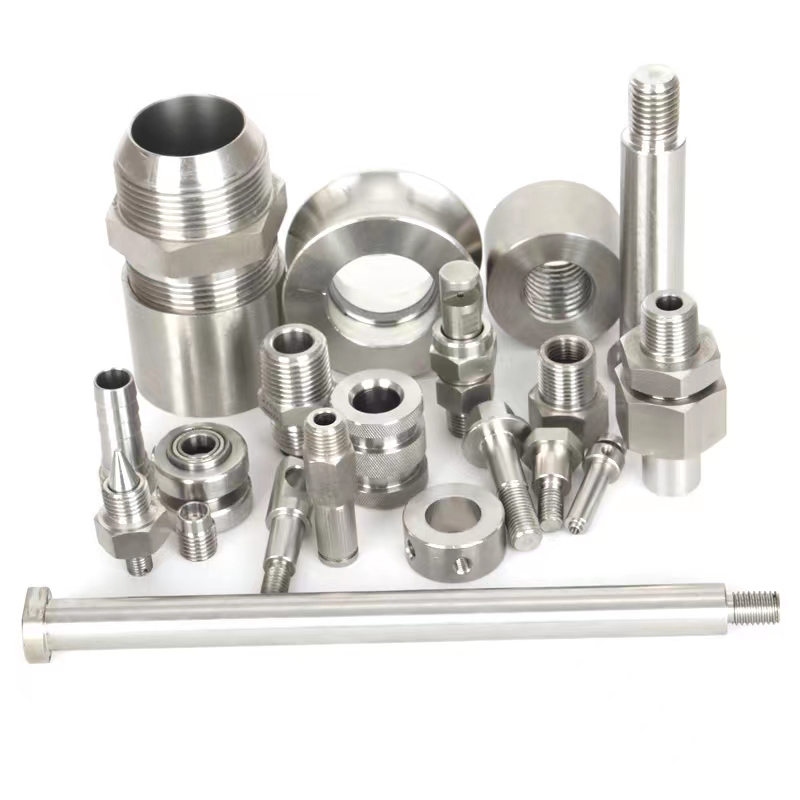
Examining the specific requirements of a project is essential in determining the appropriate fastener for optimal performance and longevity. The choice of fastener depends on factors such as the material being joined, the load-bearing capacity required, and the environmental conditions to which the joint will be exposed.
To choose the right fastener for a project, one must consider the following:
- Material compatibility: Different materials require different types of fasteners. For example, wood may require screws with coarse threads, while metal may need bolts or rivets.
- Load-bearing capacity: The weight and stress placed on a joint determine its load-bearing capacity. Heavy loads often require stronger fasteners such as high-tensile bolts or welds.
- Environmental conditions: Factors like moisture, temperature changes, and corrosion can affect the performance of a fastener. Choosing corrosion-resistant materials like stainless steel or galvanized coatings can ensure longevity.
In conclusion, screws and fasteners are like two peas in a pod. They may have different names but they share the same purpose - to hold things together with steadfast determination.
Like a key fitting perfectly into a lock, screws and fasteners provide the essential connection that keeps structures sturdy and secure.
So, whether you're building a towering skyscraper or assembling a humble bookshelf, remember to choose the right fastener for your project and let it be the glue that holds everything together.
Know more about screws and fasteners from Mikehardware- your trusted fasteners supplier!

